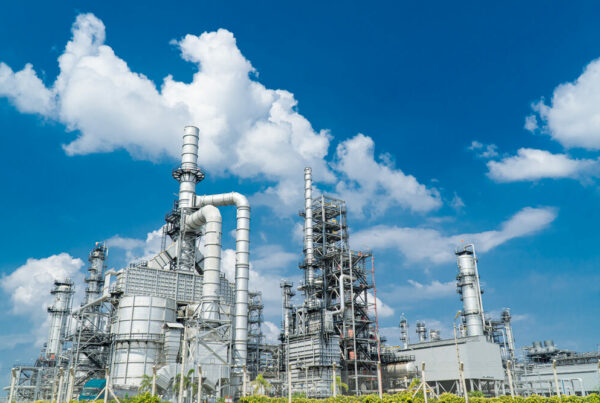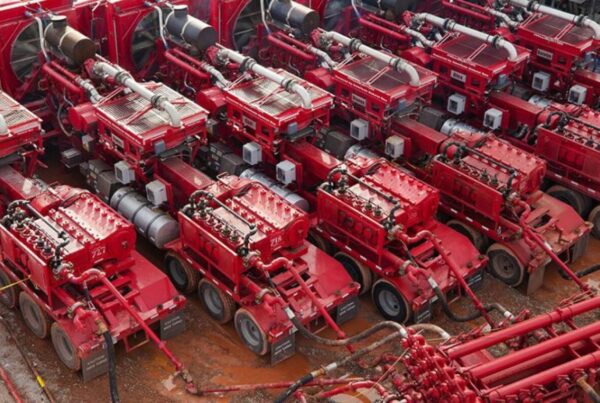At this year’s CERAWeek by S&P Global in Houston, the overarching theme was unmistakably one of robust demand across all facets of the energy sector, including oil, gas, renewables, and the emerging influence of artificial intelligence. The discussions underscored a clear consensus among industry leaders: the global energy landscape is experiencing an unprecedented surge in consumption driven by economic growth and technological advancements.
The conference, attended by top oil executives and energy ministers, reflected a strong confidence in the oil market with stable prices between $75 and $85 per barrel, despite ongoing geopolitical tensions. This price stability is seen as beneficial, fueling profits without dampening economic growth. The dialogue at CERAWeek also ventured into the complexities of the energy transition, juxtaposing the ongoing reliance on fossil fuels with a growing incorporation of low-carbon alternatives.
Artificial intelligence was spotlighted as a revolutionary force in the industry, particularly in enhancing oil drilling operations and managing the increasing power demands of U.S. data centers, which are expected to surpass the energy consumption of households by 2030. The integration of AI into energy production is not just about efficiency; it’s poised to significantly escalate overall power needs, necessitating both the sustained operation of fossil-fuel generators and an increase in gas-fired output.
On the clean energy front, discussions did not shy away from the challenges ahead. While there is enthusiasm for clean fuels and the potential of technologies like carbon sequestration and hydrogen fuels, the reality of achieving a carbon-neutral footprint by midcentury appears daunting. The conference also highlighted the role of big oil companies like Chevron, ConocoPhillips, and Exxon Mobil, which are increasingly dominating the U.S. shale landscape, potentially stabilizing the volatile boom-bust cycles of shale production.
U.S. Energy Secretary Jennifer Granholm’s comments about the near-future normalization of issuing licenses for new liquefied natural gas export terminals emphasized a proactive approach to managing energy needs and climate goals concurrently. This aspect of the discussions pointed towards a strategic alignment of market dynamics with U.S. climate policies, aiming to bolster both energy security and environmental sustainability.
Overall, CERAWeek presented a narrative of an energy sector at a crossroads, yet decisively moving towards a more integrated and technologically advanced future. The insights shared at the conference provide valuable perspectives for stakeholders across the industry, including those at One Oak Partners, offering a clearer understanding of the evolving energy landscape and its implications for strategic investment and operational decisions.





